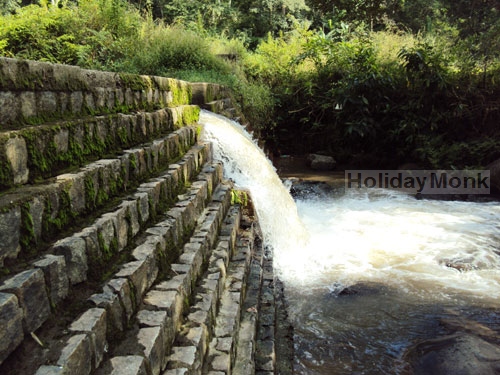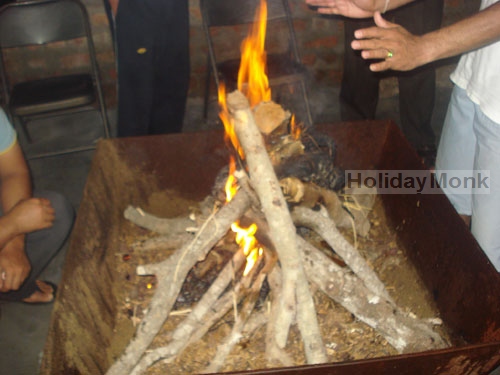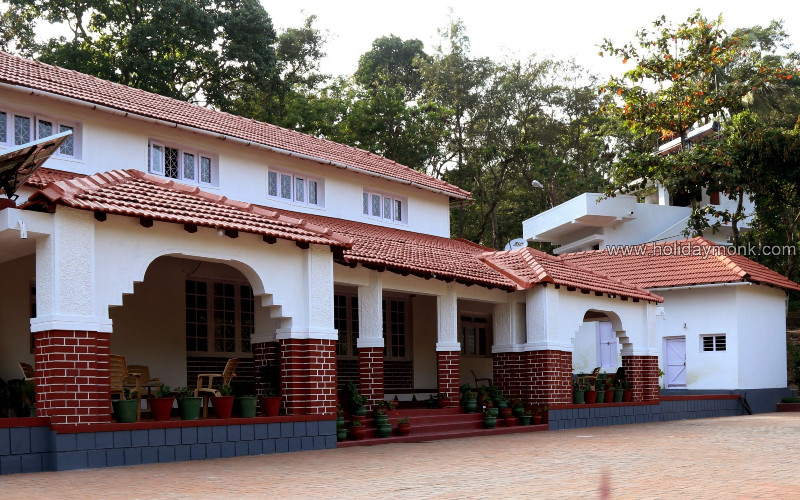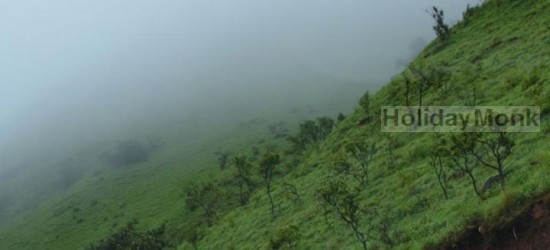Details
The Biligiris are covered with tropical dry broadleaf forest, part of the South Deccan Plateau dry deciduous forests ecoregion. The forests range from scrub forests at lower elevations, to the tall deciduous forests typical of the ecoregion, to stunted shola forests and montane grasslands at the highest elevations, which exceed 1800 meters. The forests form an important wildlife corridor between the Western Ghats and the Eastern Ghats, linking the largest populations of Asian Elephants and tigers in southern India. The most conspicuous mammals are the herds of wild elephants. The BR hills is the only forest east of the main Western ghats mountain ranges in the central southern peninsula to harbour these panchyderms in large numbers. The forests were the study area for R. Sukumar, a scientist who studied the elephants of the area in the early eighties. A recent survey has revealed the presence of 17 Tigers in this sanctuary.
The BR hills has been a good place for viewing large game and at the same time encountering numerous smaller life forms. The forests have been famous for the Gaur, a large Asian bovid. There are about 26 species of mammals recorded in the sanctuary.
The other mammals include sambhar, chital, the shy barking deer which are quite common here and the rare four-horned antelope. Carnivores include tigers, leopards, wild dogs, lesser cats and sloth bears and among arboreal mammals two species of primates and three species of squirrels including the giant flying squirrel are recorded. A recent (2005) survey of tigers by DNA analysis of scat samples has revealed 17 tigers, although the number may be more. 254 species of birds recorded in the BR hills.
Map
Sorry, no records were found. Please adjust your search criteria and try again.
Sorry, unable to load the Maps API.










